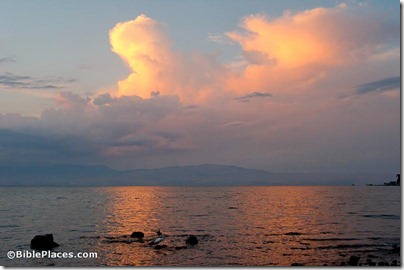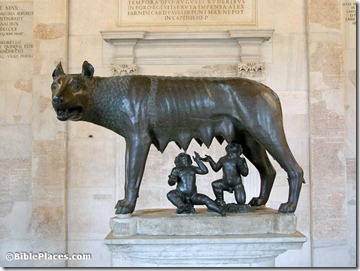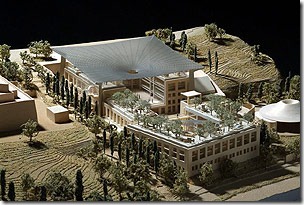The first season of excavations at Tel Azekah in more than 100 years begins in a few weeks and the directors have announced an impressive schedule of guest lectures:
The Lautenschläger Azekah Expedition and its Directors—Prof. Oded Lipschits, Prof. Manfred Oeming and Dr. Yuval Gadot—are proud to present the program of the guest academic lectures for the coming excavation season, starting July 15th. The lectures will be held at 6:00 p.m. in the academic hall of the Nes-Harim Guesthouse. Scholars and students are warmly invited.
Monday, July 16th, Prof. Aren Maeir (Bar-Ilan University, Ramat-Gan) The Excavations of Philistine Gath
Wednesday, July 18th, Prof. Shlomo Bunomovitz (Tel Aviv University) The Excavations of Beth-Shemesh
Monday, July 23rd, Prof. Yosef Garfinkel (The Hebrew University, Jerusalem) The Excavations of Kh. Qeiyafa
Wednesday, July 25th, Mr. Ido Koch (Tel Aviv University) The Judean Lowland under Judahite Hegemony: The Great Eighth Century BCE
Monday, July 30th, Dr. Izhak Shai (Bar-Ilan University, Ramat Gan) The Excavations of Tel Burna
Wednesday, August 1st, Dr. Erez Ben-Yosef (Tel Aviv University) Iron Age Copper Production of the Southern Levant
Monday, August 6th, Dr. Yuval Shahar (Tel Aviv University) Late Hellenistic and Early Roman Period Hideout Systems in the Judean Lowland
Wednesday, August 8th, Ms. Shirley Ben-Dor Evian (Tel Aviv University) Egypt, Philistia and the Judean Lowland during the First Millennium BCE
Monday, August 13th, Dr. Ran Barkay (Tel Aviv University) The Pre-History of the Judean Lowland
Wednesday, August 15th, Prof. Bernard Levinson (University of Minnesota, USA) The Neo-Assyrian Influence upon Deuteronomy
Monday, August 20th, Prof. Manfred Oeming (Heidelberg University, Germany) David against Goliath (1 Sam 17) – an Old Fight in Modern Research
Wednesday, August 22nd, Prof. Konrad Schmitt (Zurich University) [TBA]
See the Azekah website for more information.
HT: Jack Sasson
Shephelah of Judah from Jarmuth (Yarmut)
Azekah is visible on horizon on right side
(photo source)



